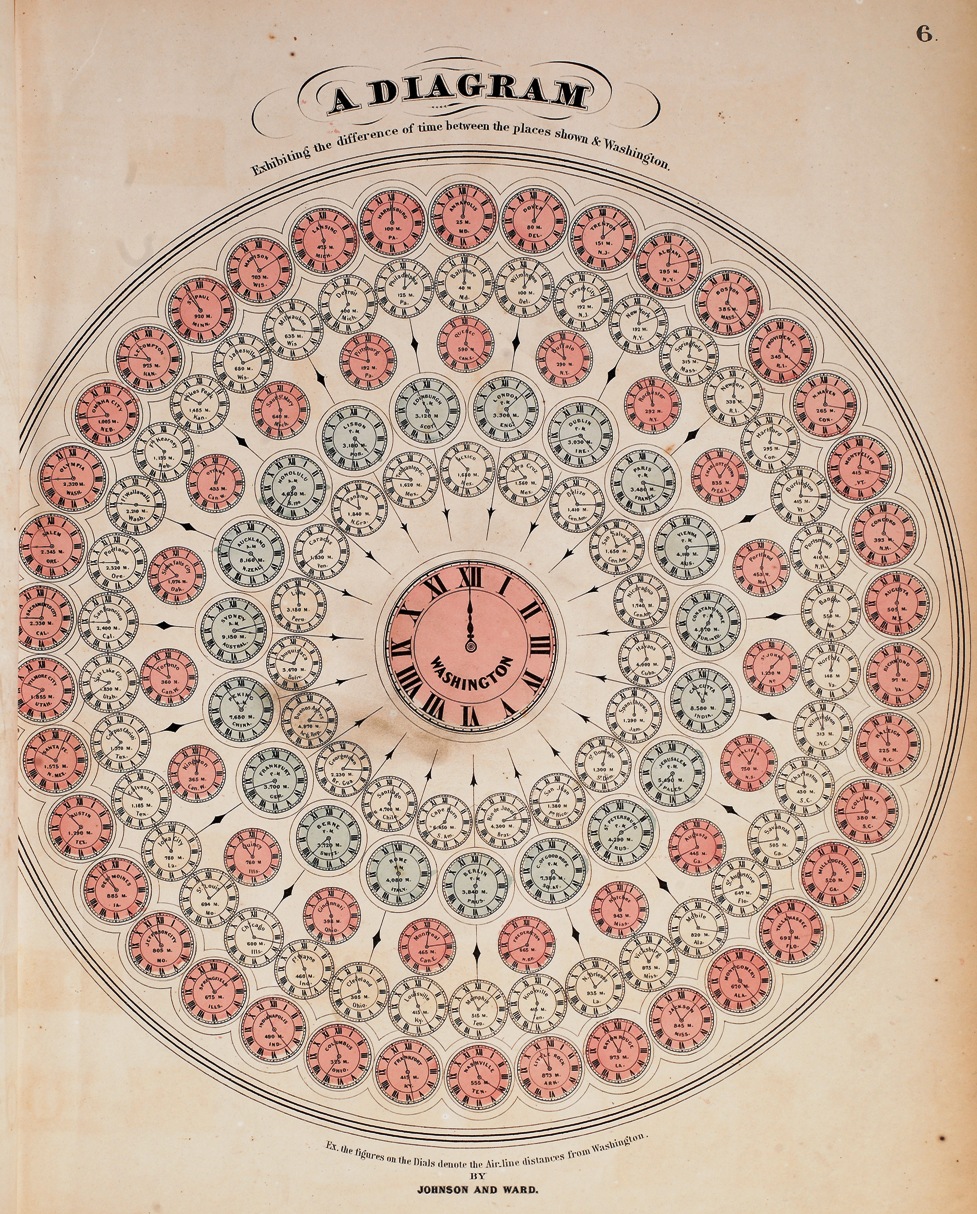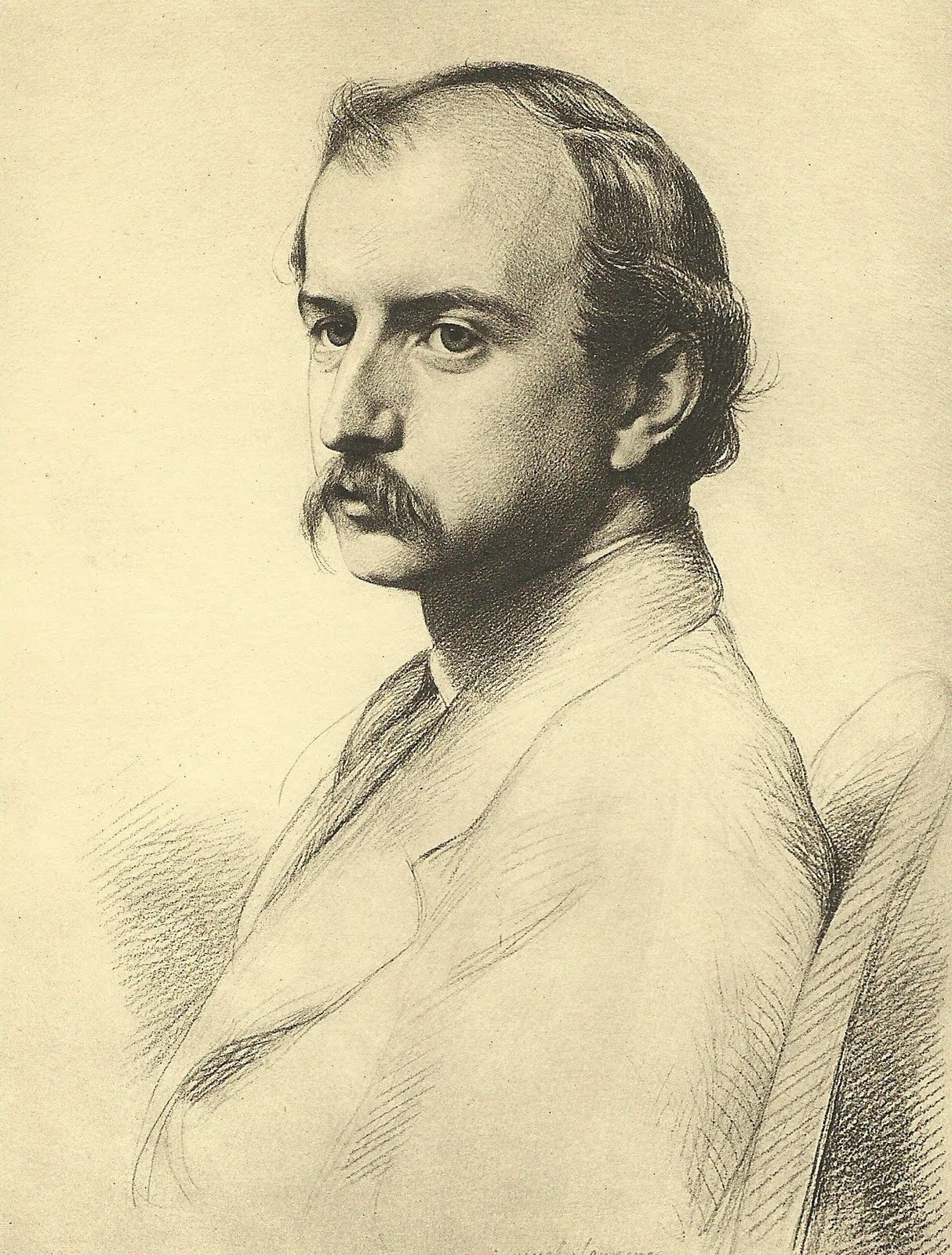Industrialization: Economics and Culture
09-08-2014
H.G Wells, quoted in "The Moral Equivalent of War":
A house of today is still almost as ill-ventilated, badly heated by wasteful fires, clumsily arranged and furnished as the house of 1858.
Houses a couple of hundred years old are still satisfactory places of residence, so little have our standards risen.
But the rifle or battleship of fifty years ago was beyond all comparison inferior to those we now possess; in power, in speed, in convenience alike. No one has a use now for such superannuated things.
Before 1890 or so:
- Stability or fear of decline.
- Assessment of national health in moral terms.
After 1890:
- Industrial Progress
- Argument is over dividing the spoils.
- 1874 - Quadraplex Telegraph
- 1877 - Phonograph
- 1879 - Lightbulb
- 1887 - Gramophone record
- 1891 - Motion picture camera
- 1900 - Nickel Battery

Menlo Park, New Jersey
Leviathan (1651)
Growth of the Railroads

Source: Jean-Paul Rodrigue, Dept. of Global Studies & Geography , Hofstra University

Land grants in Illinois Source: railroads.unl.edu

Nebraska Land Grants

California land grants

Nationwide: Scribner's statistical atlas.

Time zones before the railroads (source: http://railroads.unl.edu/)

Organizational Chart of the New York and Erie Railroad, 1855
The Columbian Exposition, 1893

The Columbian Exposition at night

One of the dynamos 
Henry Adams (1838-1918)

He found himself lying in the Gallery of Machines at the Great Exposition of 1900, his historical neck broken by the sudden irruption of forces totally new. As he grew accustomed to the great gallery of machines, he began to feel the forty-foot dynamos as a moral force, much as the early Christians felt the Cross. The planet itself seemed less impressive, in its old-fashioned, deliberate, annual or daily revolution, than this huge wheel, revolving within arm’s-length at some vertiginous speed, and barely murmuring,—scarcely humming an audible warning to stand a hair’s-breadth further for respect of power,—while it would not wake the baby lying close against its frame.
Before the end, one began to pray to it; inherited instinct taught the natural expression of man before silent and infinite force. Among the thousand symbols of ultimate energy the dynamo was not so human as some, but it was the most expressive. Between the dynamo in the gallery of machines and the engine-house outside, the break of continuity amounted to abysmal fracture for a historian’s objects. No more relation could he discover between the steam and the electric current than between the Cross and the cathedral. The forces were interchangeable if not reversible, but he could see only an absolute fiat in electricity as in faith.
-- The Education of Henry Adams